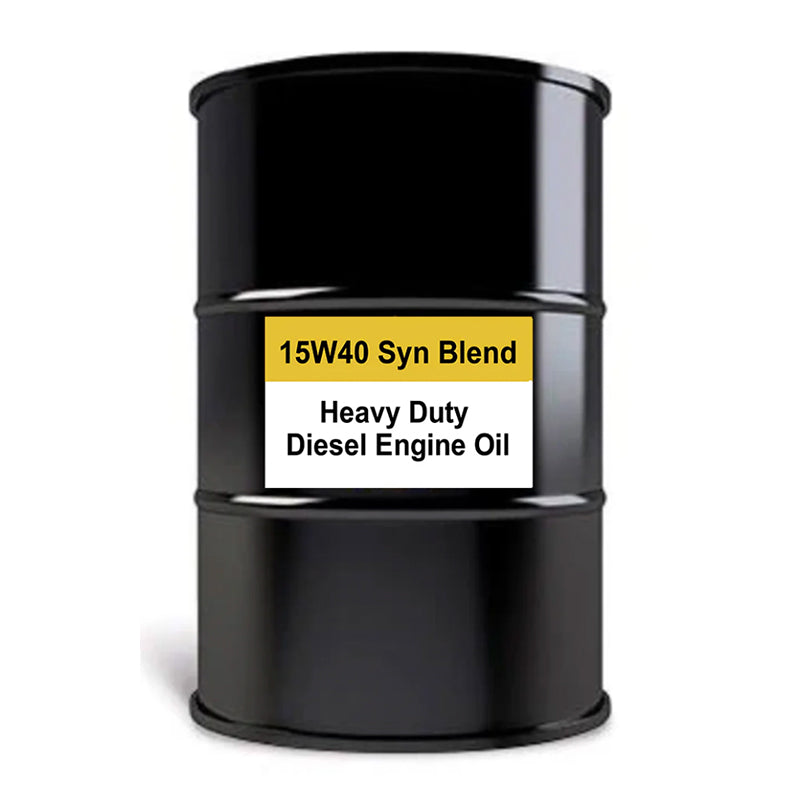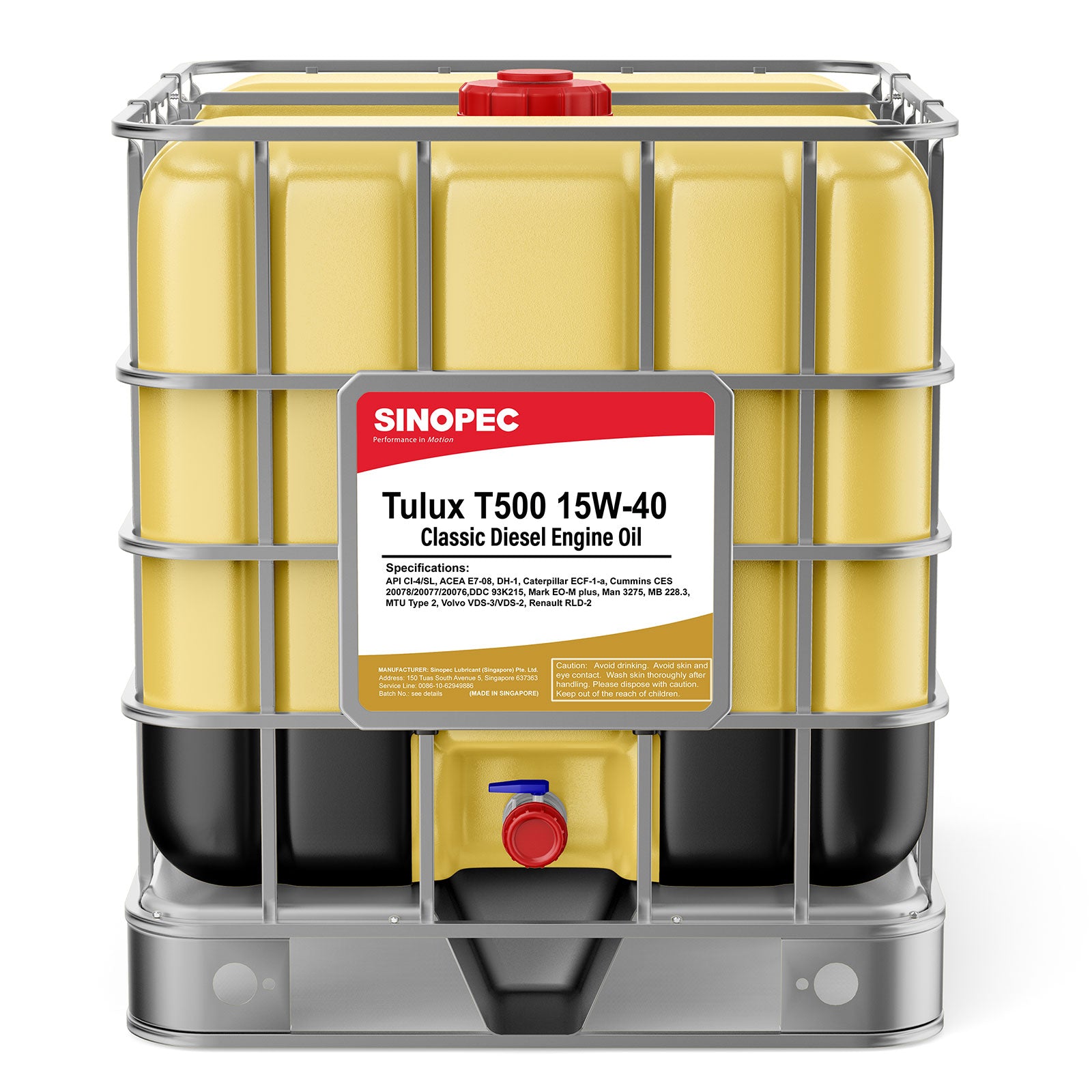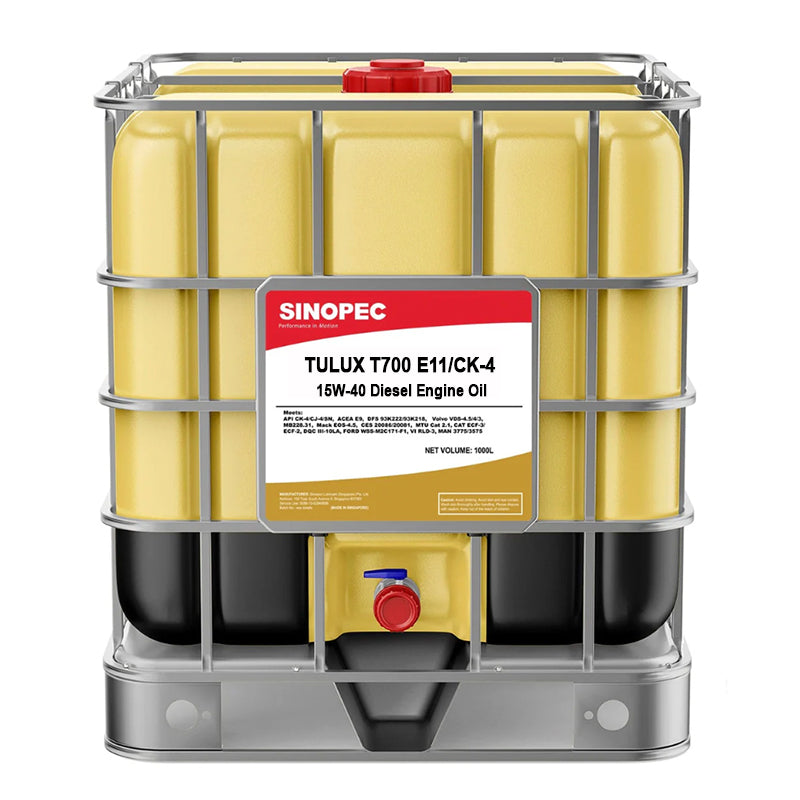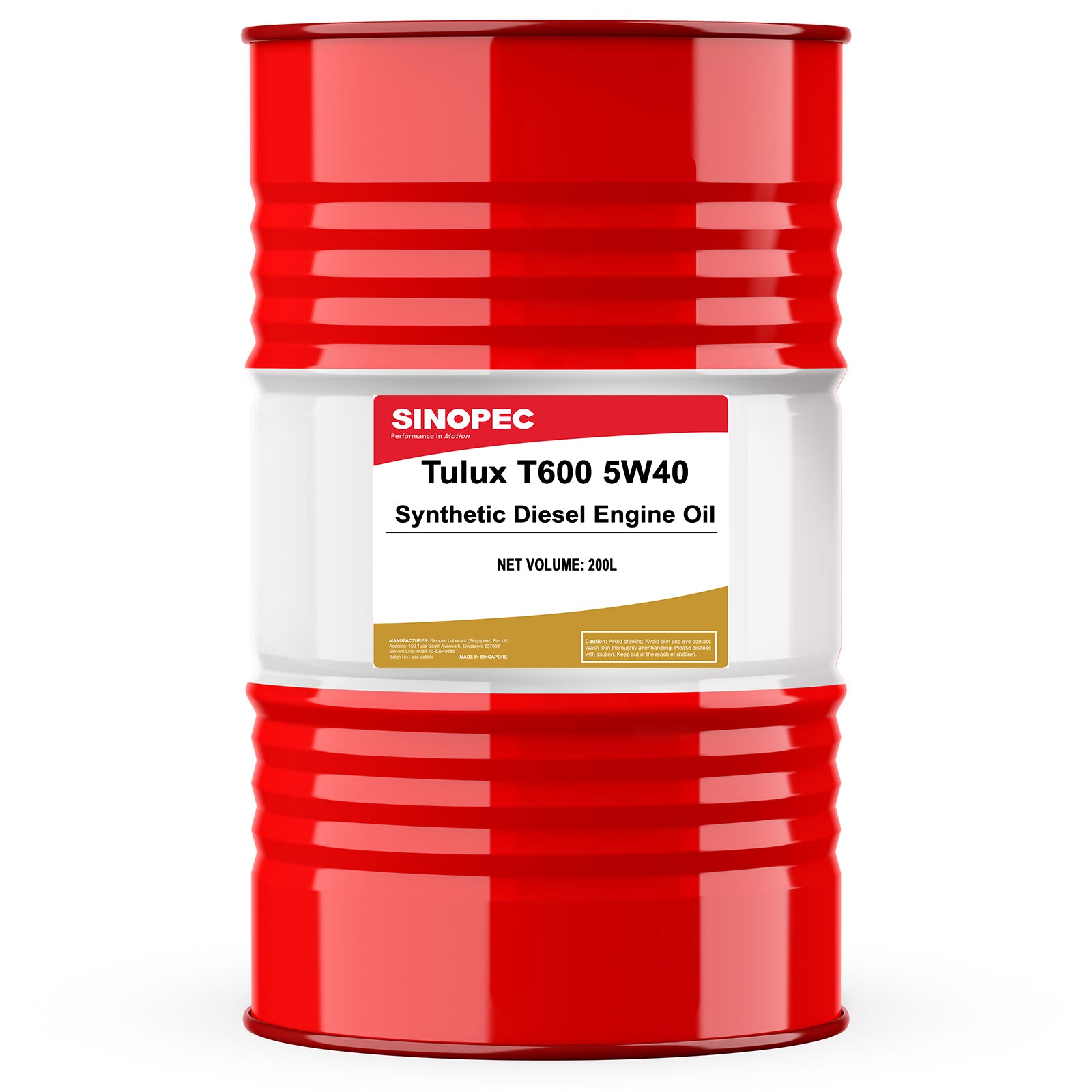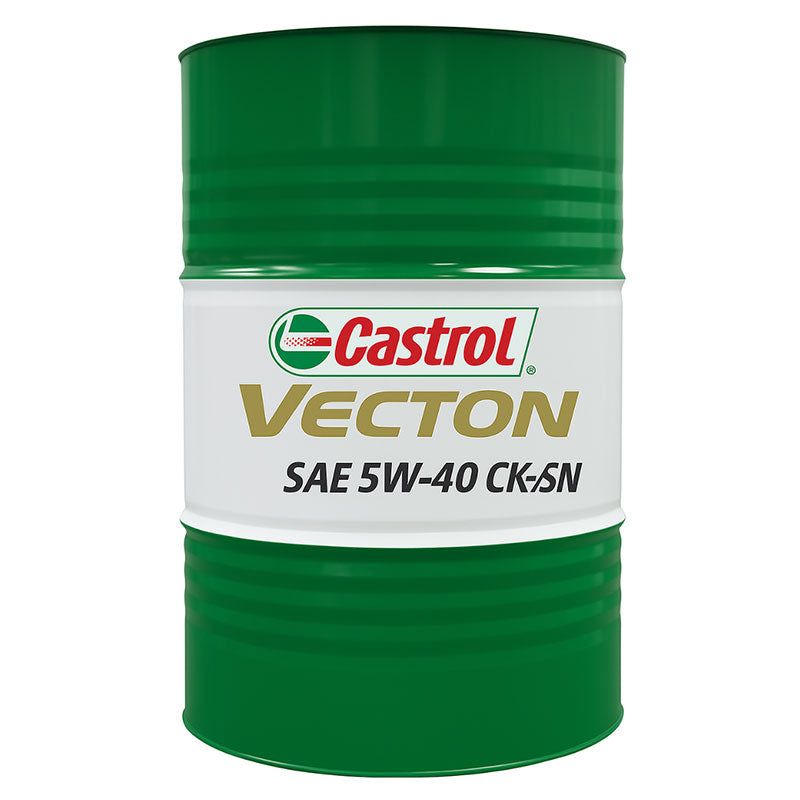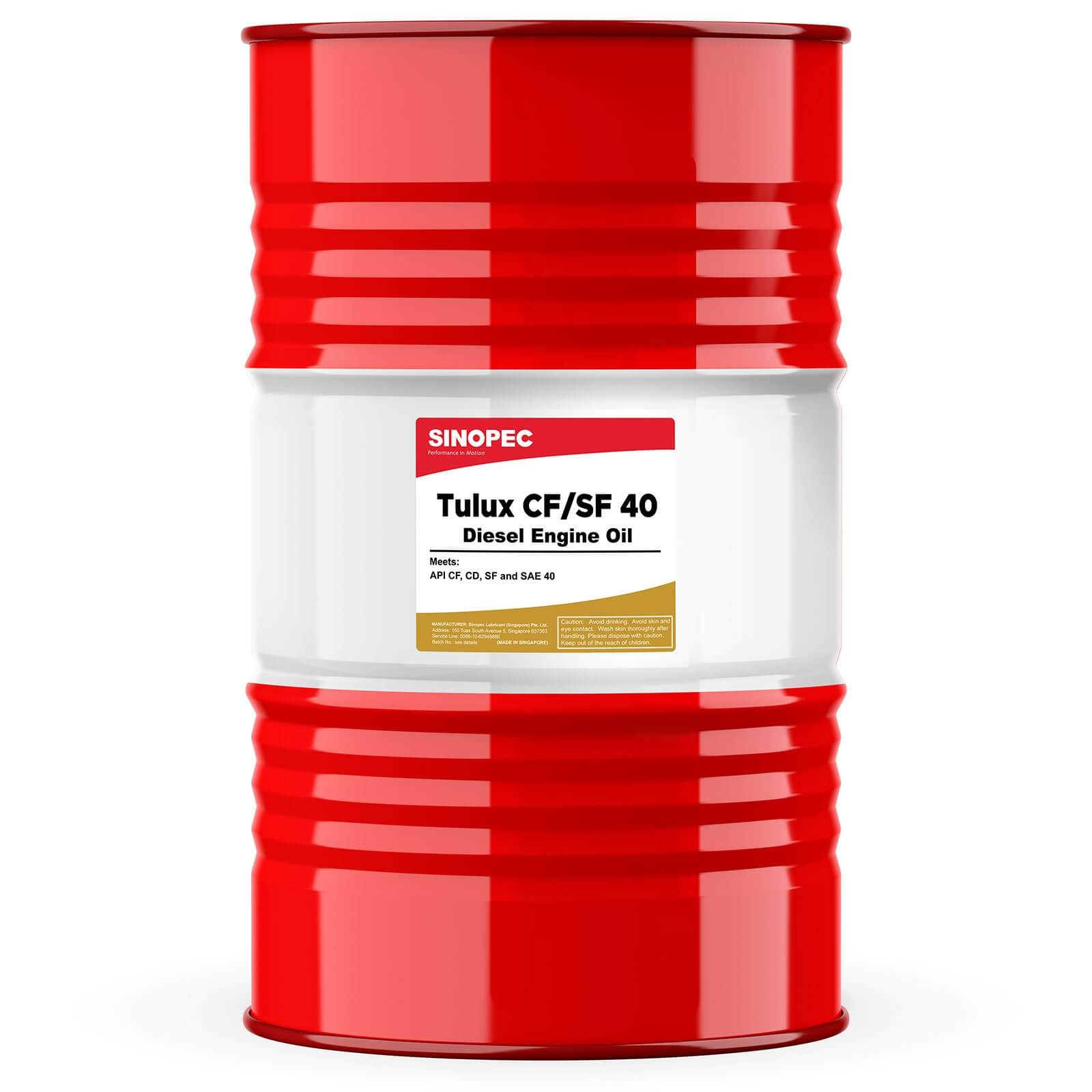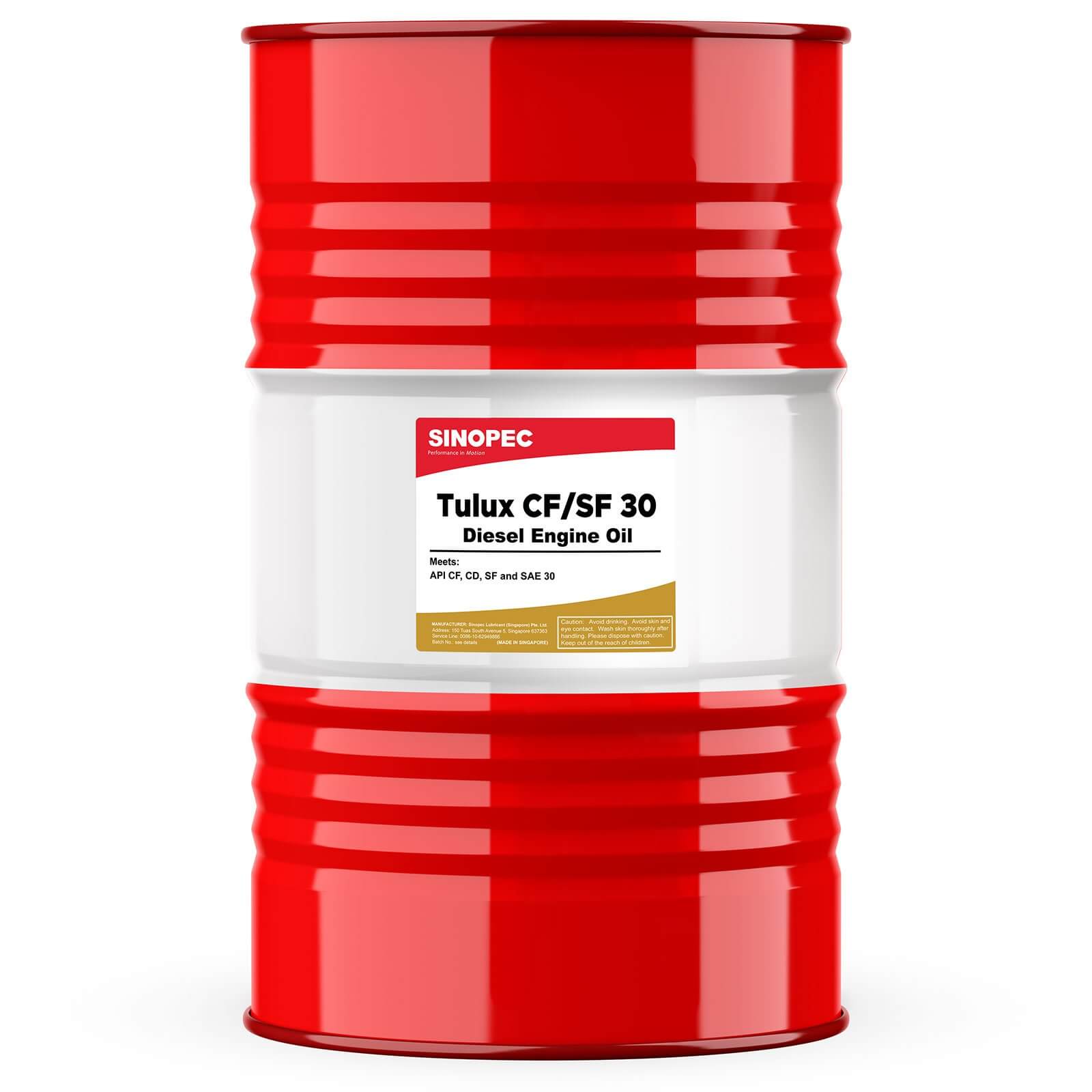Data centers depend on constant uptime. But when the power grid fails, the responsibility shifts to your backup generators, and those generators rely entirely on turbine oil to operate reliably. While turbine oils are engineered for long life and performance, they degrade over time.
Ignoring early signs of oil degradation can compromise your backup power system at the worst possible moment.
Why Turbine Oil Maintenance Is Critical?
In a data center environment, turbine oil isn’t just a lubricant, it’s a protective barrier against heat, corrosion, and mechanical stress. It ensures smooth startups, supports long idle periods, and keeps rotating components in optimal condition.
Neglecting to maintain or replace degraded oil can result in:
-
Slow or failed generator startups.
-
Overheating during power outages.
-
Increased wear and premature part failure.
-
Complete backup system breakdown.
Key Signs Your Turbine Oil Needs Replacing
1. Dark or Discolored Oil
Turbine oil should appear clean and light. If it becomes dark, cloudy, or has particles, it likely contains oxidized material, dirt, or metal shavings — all indicators that the oil is breaking down.
Action: Perform an oil analysis and plan for replacement if contamination is confirmed.
2. Sludge or Sediment
If you notice thick residue in the tank, filters clogging prematurely, or deposits in the circulation system, that’s a sign of oxidized oil forming sludge, especially common after long periods of generator inactivity.
Action: Flush the system and replace with fresh oil.
3. Burnt or Sour Odor
An unusual smell often means the oil has been overheated or has chemically degraded, which compromises its lubrication and protective qualities.
Action: Inspect for overheating issues and consider immediate oil replacement.
4. Viscosity Changes
Turbine oil should maintain a consistent viscosity (ISO VG 32, 46, or 68). A thicker or thinner texture could signal thermal stress or contamination, leading to poor flow and friction during generator operation.
Action: Test viscosity (ASTM D445) and compare with OEM standards.
5. Foaming During Operation
Excess foam indicates the oil has lost its anti-foam additives or has been contaminated. Foam reduces oil film integrity and increases wear.
Action: Replace the oil and monitor system pressure during future tests.
6. Water Contamination
Cloudiness, rust on internal parts, or visible water separation are warning signs. Moisture can enter the system through condensation, leaks, or improper storage and cause corrosion.
Action: Conduct demulsibility tests (ASTM D1401) and replace oil if separation is poor.
7. Reduced Air Release Performance
Trapped air in the oil can delay pressure buildup and cause cavitation, damaging internal components.
Action: Test for air release (ASTM D3427). Replace oil if release time exceeds OEM recommendations.
How Often Should You Replace Turbine Oil?
The ideal replacement schedule depends on usage, environmental conditions, and testing. In general:
-
Analyze oil condition every 6–12 months.
-
Replace oil every 1–2 years in low-use backup systems.
-
Replace immediately if lab results show degradation or contamination.
Best Practices for Replacing Turbine Oil
-
Flush the System
Clean out old oil, sludge, and water before refilling to prevent contamination. -
Use OEM-Specified Grades
Stick to the right ISO VG (32, 46, or 68) based on your generator’s requirements. -
Verify Industry Standards
Use turbine oil that meets ASTM, GE, Siemens, and other major OEM specifications. -
Keep Records
Document oil changes, lab results, and inspection schedules for compliance and planning.
Turbine oil doesn’t show wear in obvious ways, but once it fails, it can cause serious disruptions. Staying proactive with regular inspections, fluid analysis, and timely replacement ensures that your backup power system is always ready when needed.
In a data center environment, that readiness is non-negotiable.
Browse Reliable Turbine Oils
We supply high-performance R&O Turbine Oils in ISO VG 32, 46, and 68 — formulated for critical backup systems, with fast nationwide shipping and pickup options.







